Hey there my Hive friends and followers!
Following up the little Madeira sneak peeak that I published here on my Hive blog last week, I´m happy to finally come with what can be described as the official first episode of my Madeira photography series that will be dedicated to this fascinating Portuguese island. But before we get to what this post will be about - the seascapes - I should briefly introduce you to the geography of this island as it will come in handy to you when trying to understand some of the pictures below.
First of all, Madeira is actually both - an island as well as an archipelago. As an archipelago, Madeira is one of 4 archipelagos that collectively create the so called Macaronesia, an extensive group of volcanic archipelagos in the North Atlantic. If you wonder what the other 3 Macaronesian archipelagos are, let me tell you that it´s the Azorean Islands, the Canary Islands and the Cape Verde Islands.
Now if we break down Madeira as an archipelago into individual islands, we will get Porto Santo, the Desertas Islands, the Savage Island and, of course, Madeira - the biggest island of the Madeira Archipelago. We only stayed on the island of Madeira the whole time of our short holiday so all the pictures that you will see below were taken in there.
If you have been following my blog long enough, you might remember that we already visited (and even lived on) both the Canary Islands and the Azorean Islands and since all of the islands in Macaronesia share a number of characteristic features, we had a pretty good idea of what to expect from Maderia in terms of geography and climate, for example. We knew that Madeira would be hilly but the landscape actually turned out to be extremely mountainous. On Madeira, it feels like you literally never go horizontally, it´s always either uphill or downhill :)
This extreme landscape affects the seascape (or the access to the sea to be precise) as well. Although located in the subtropical North Atlantic Ocean, the island is definitely not your typical seaside destination. In fact, there is just a handful of beaches around the island, some of which even had to be man-made. So while Madeira has some 150 km (90 mi) of beautiful coastline, the vast majority of it can only be watched and admired from the high volcanic cliffs. During our stay, however, we also visited some of those few rare places where you can actually go in the sea for a swim and you will see pictures from those locations below too.
Without further ado, here is a little photo collection of seascapes that I captured at various parts of Madeira :)
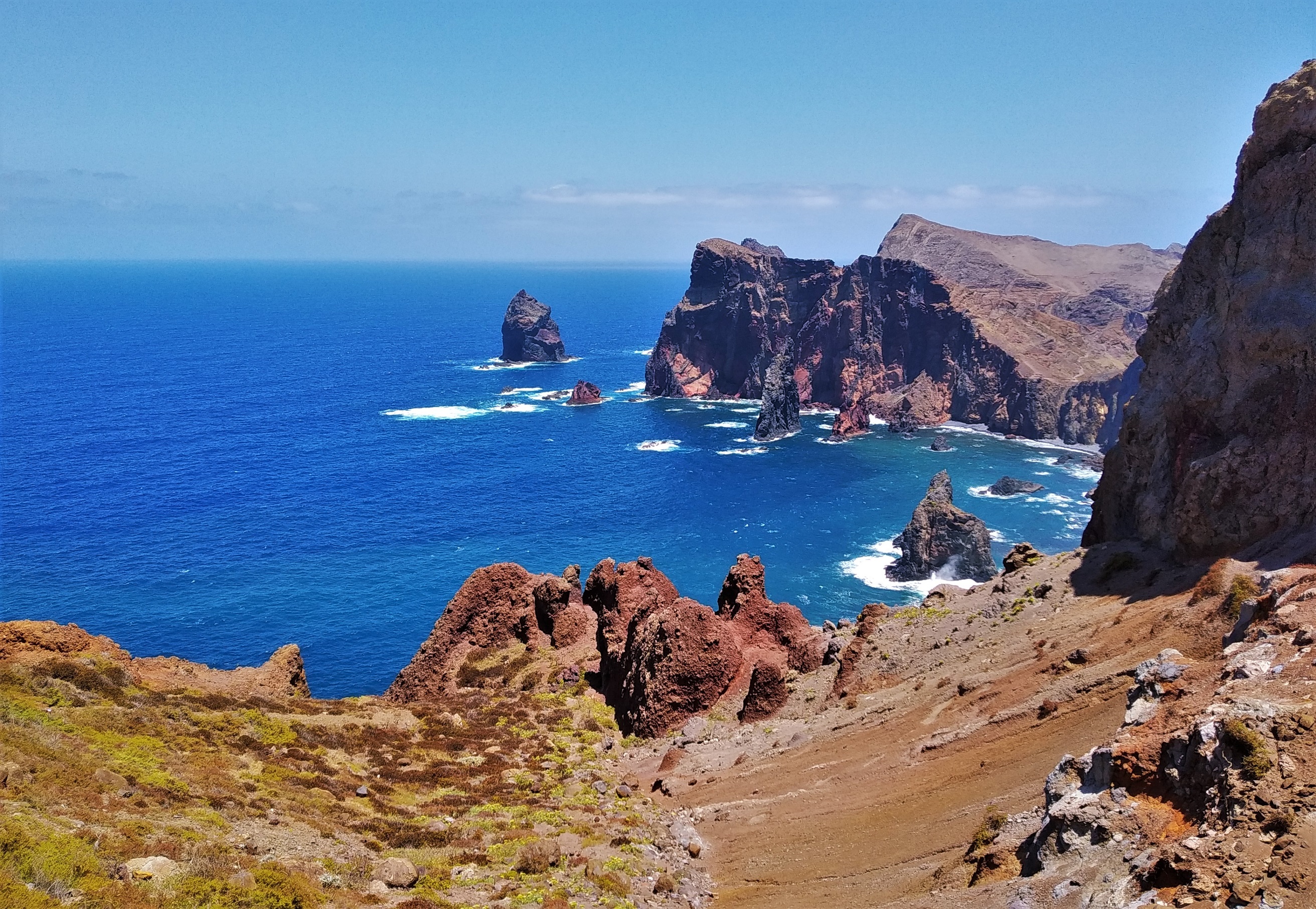
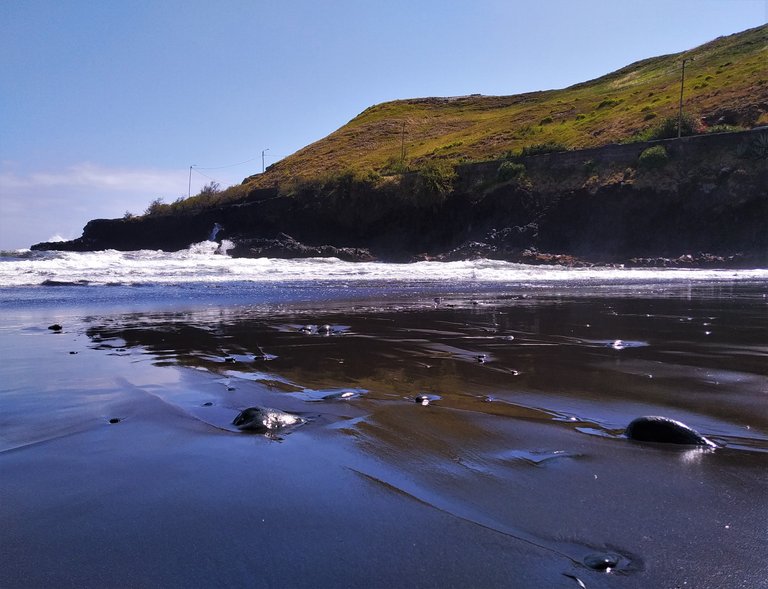
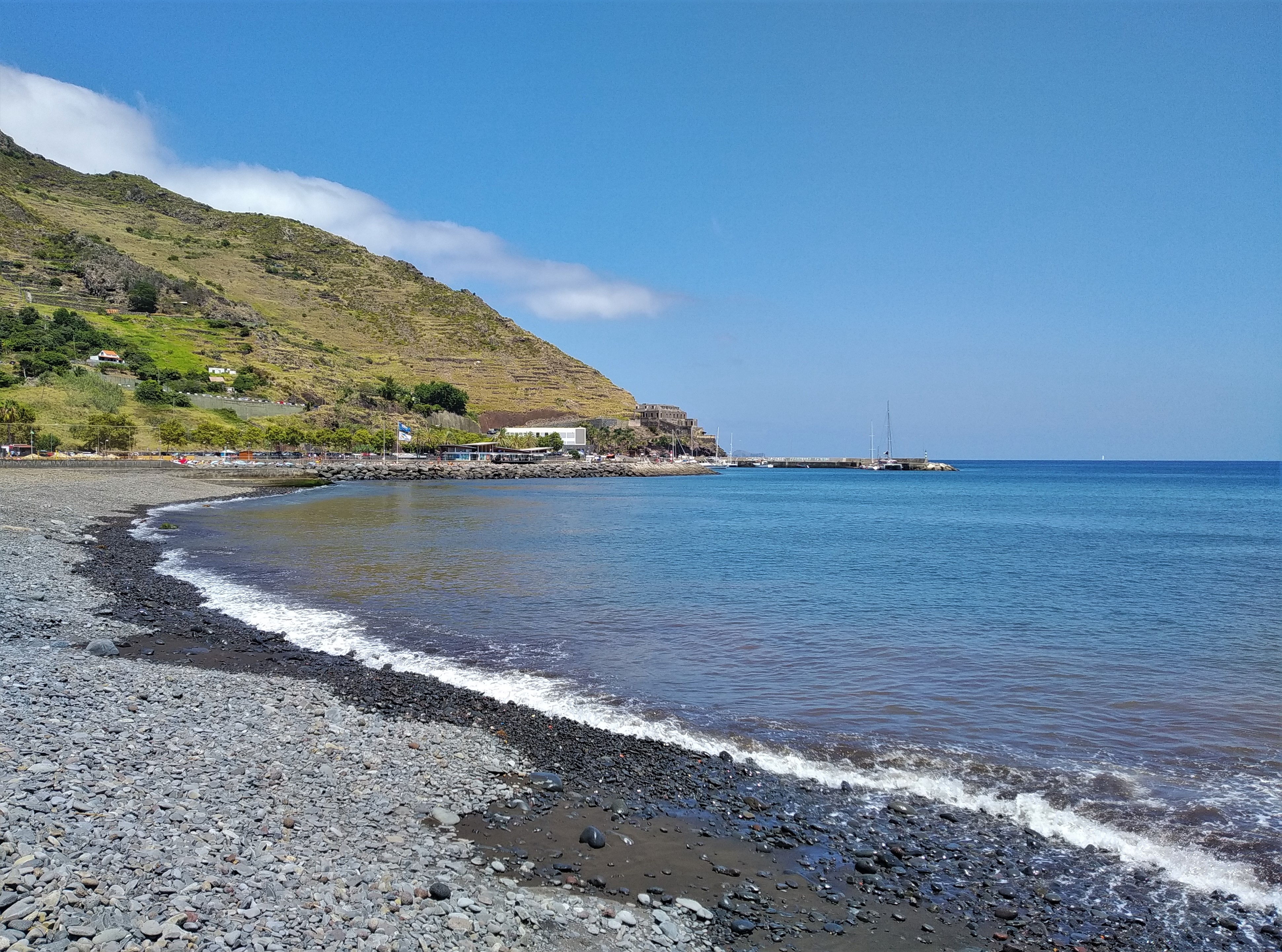
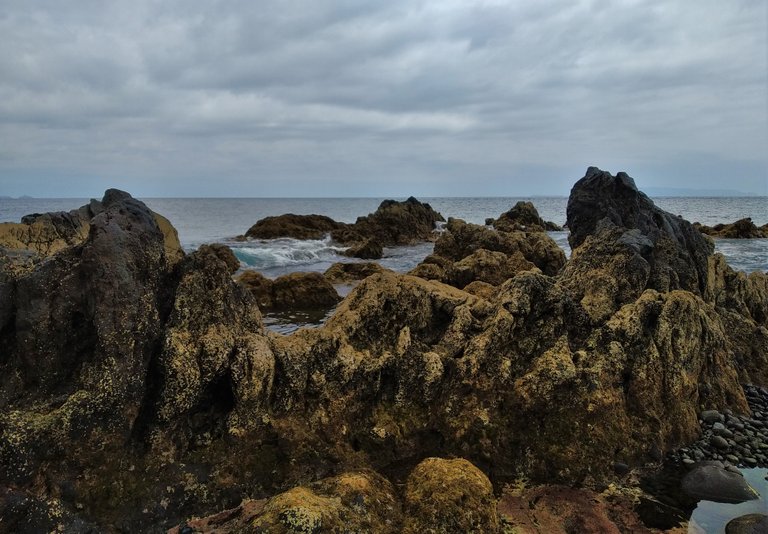
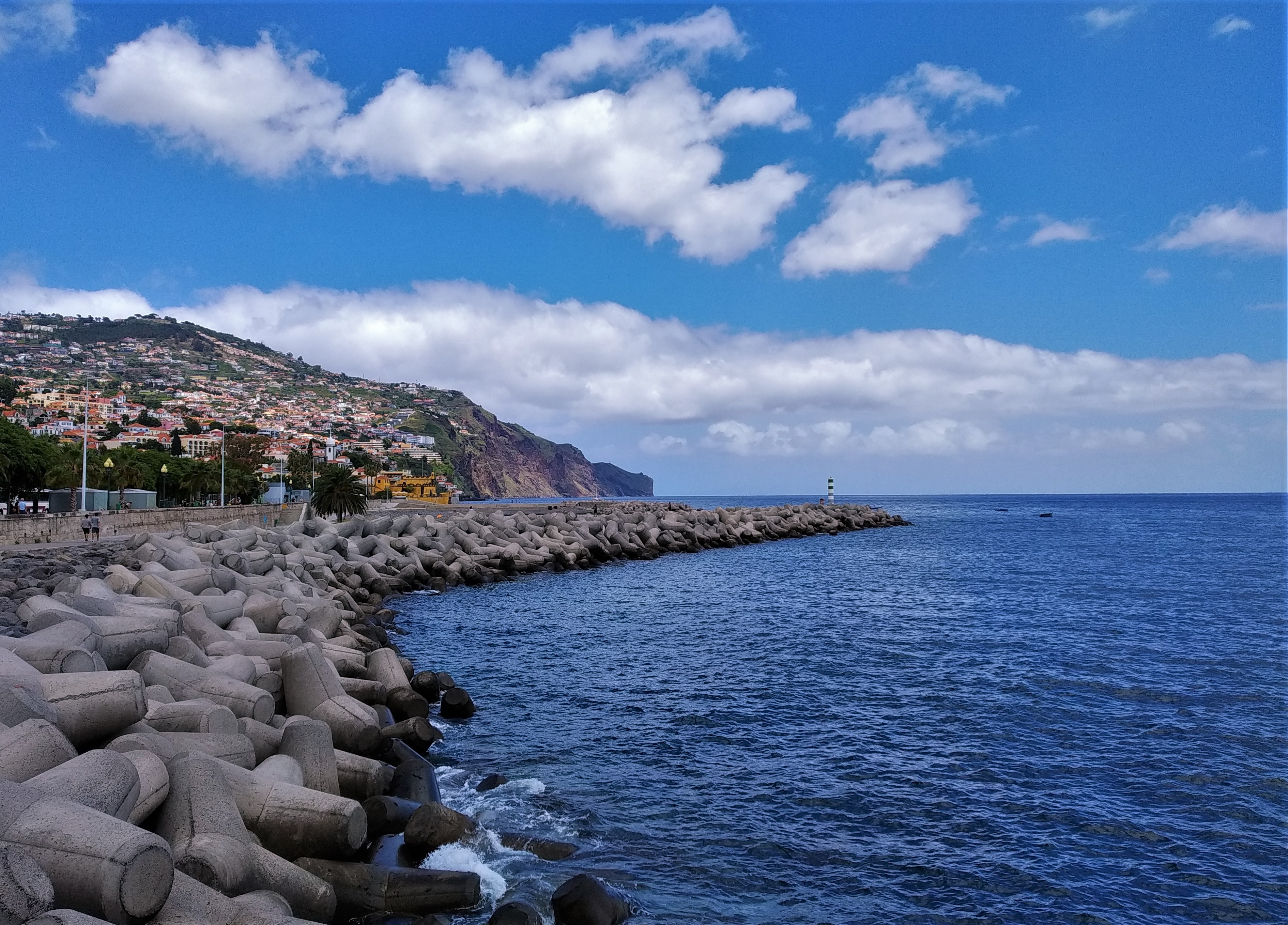
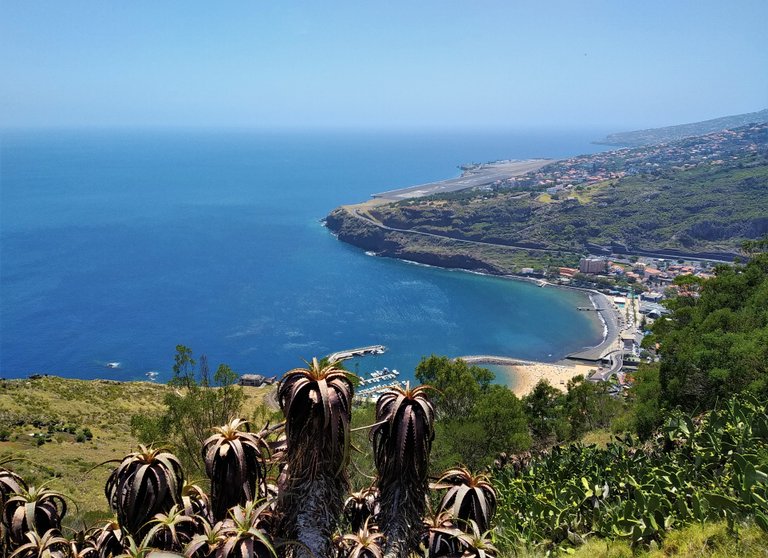
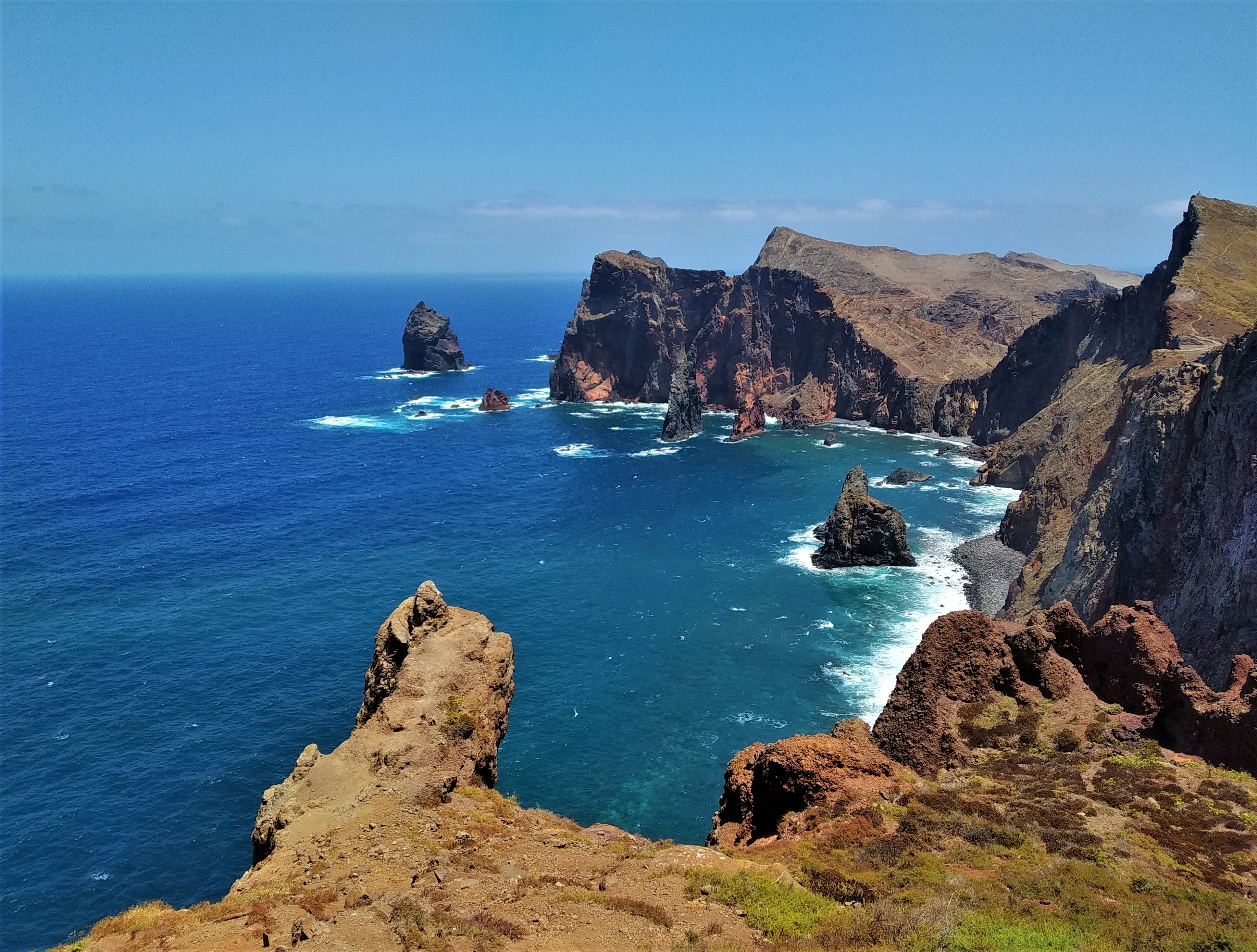

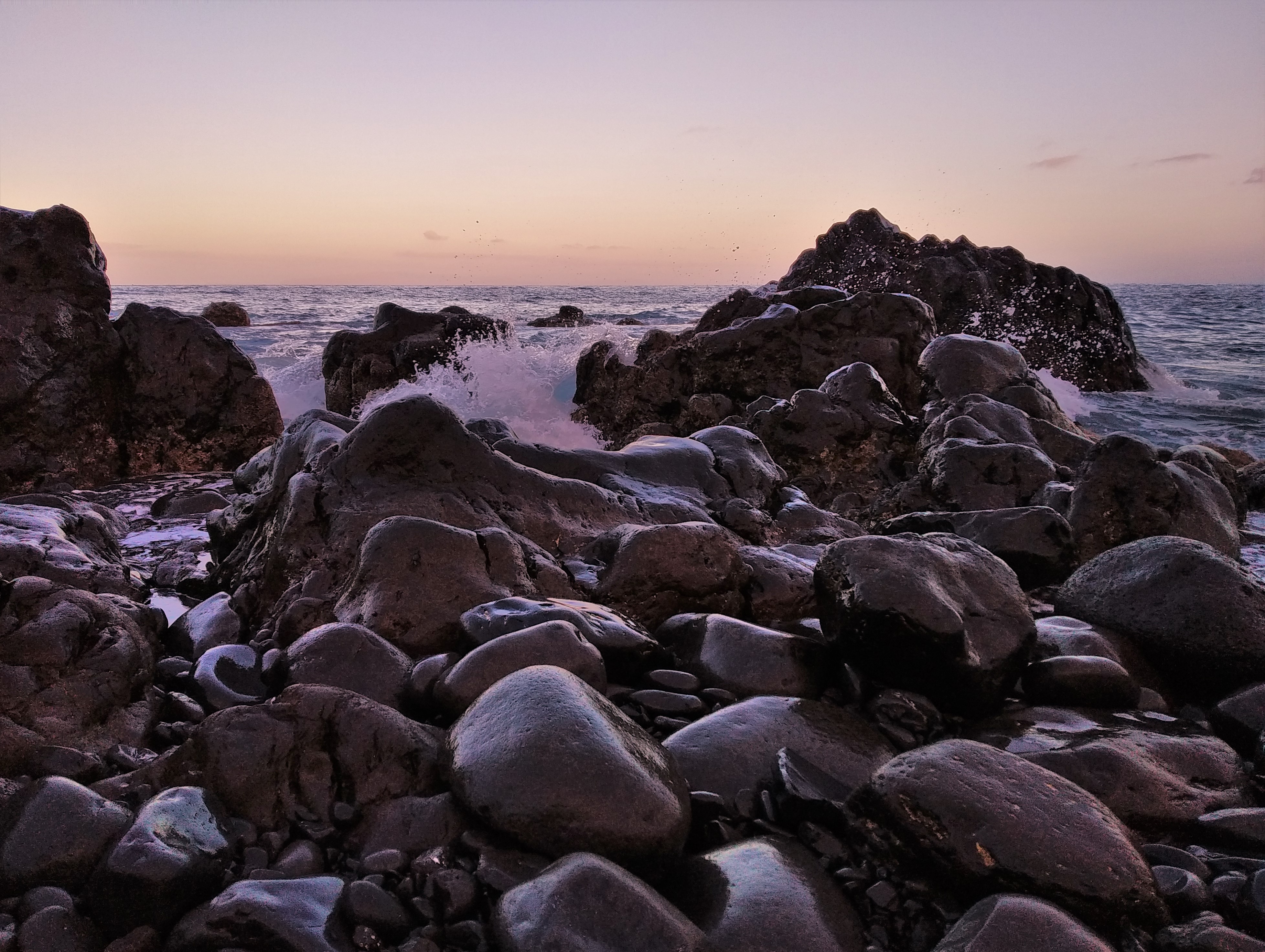


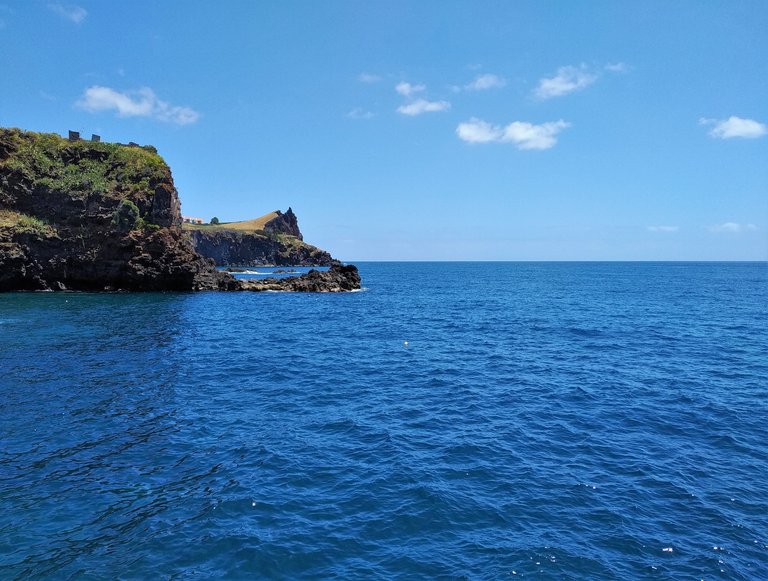

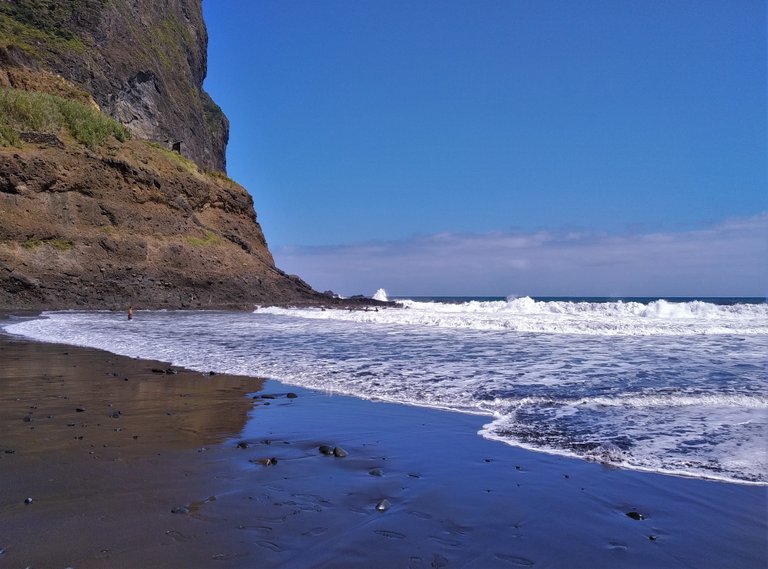
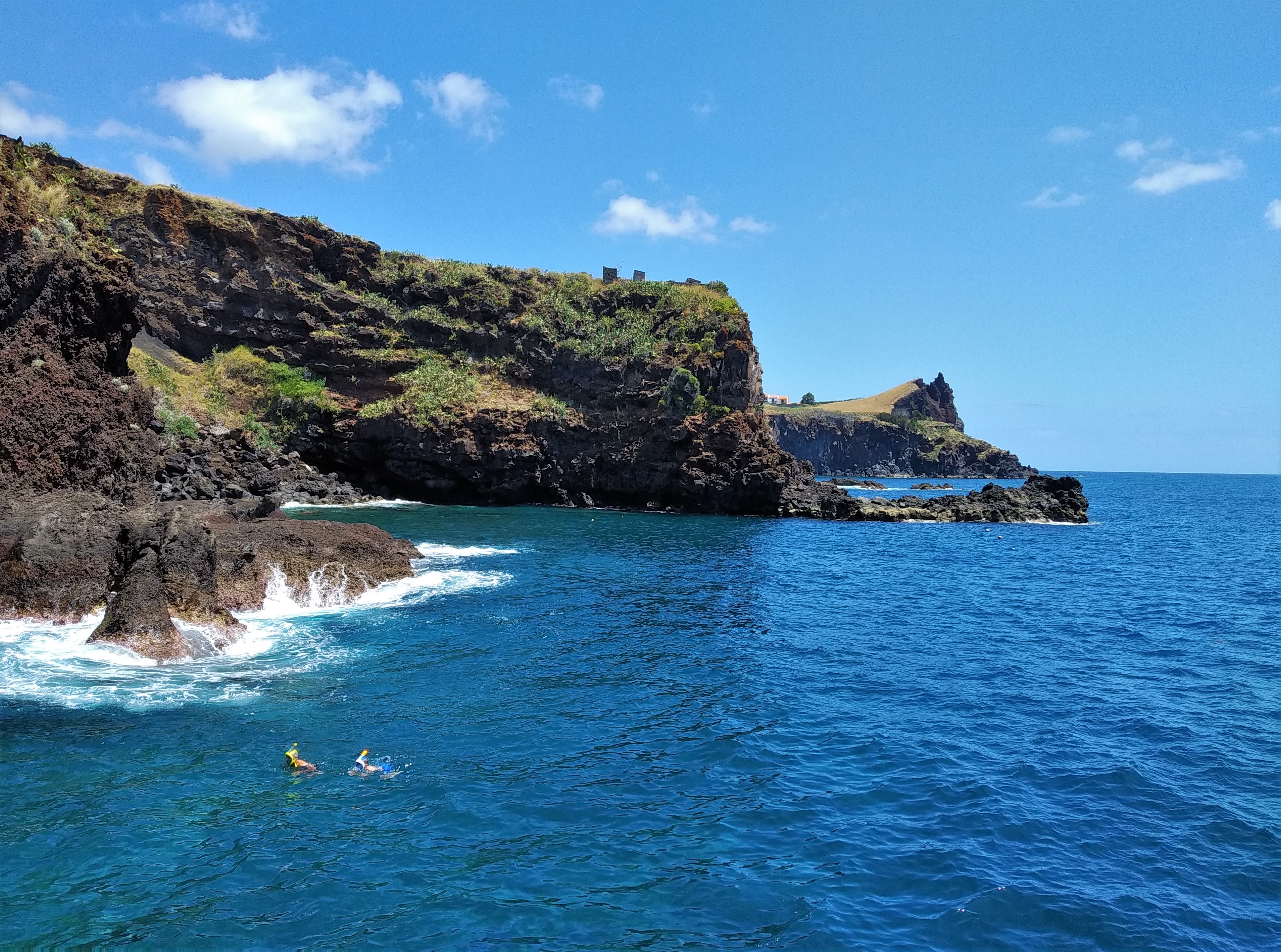
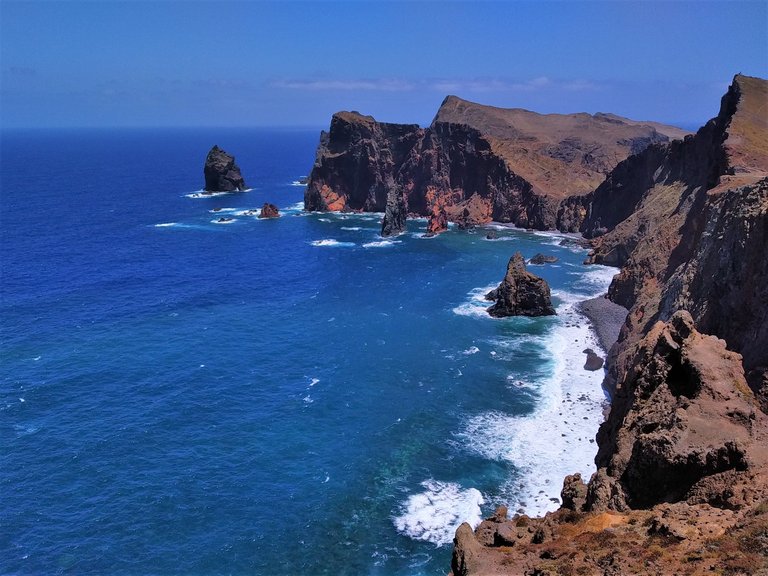
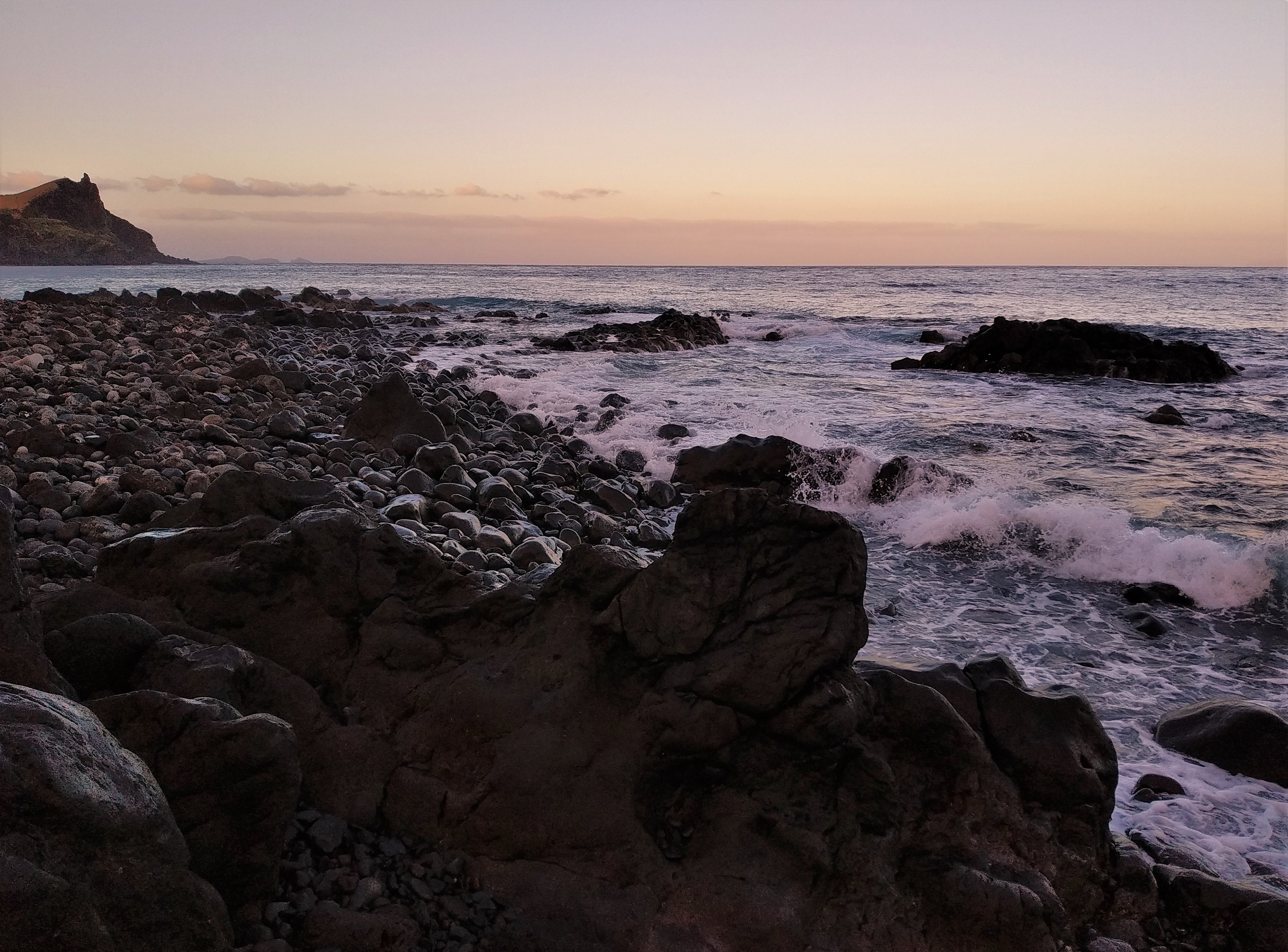

I hope that you enjoyed the pictures. I know that some of them look quite impressive but in fact, we only got to check out just a few lookout spots above the coast while some of the most famous and scenic parts of the island will have to wait for us until our next visit.
As far as swimming in the sea is concerned, I did dip in those amazingly blue waters and it was great. The water had a pleasantly refreshing temperature of some 21 or 22 degrees Celsius, which is actually perfect in the summer heat of the subtropics. However, the ocean is usually quite rough here so you have to be careful about the waves, especially when the sharp volcanic cliffs are around you.
I hope that you learned something new about the seascape of Madeira thanks to this post and I will see you guys in the next episode of my little photography series about this extraordinary island ;)
This post was created by me for the Hive blockchain exclusively. All rights reserved.













